40 four types of precautionary statements used on labels
How to fill out an SDS Label - Help Center Precautionary Statements describe recommended measures that should be taken to minimize or prevent adverse effects resulting from exposure to the hazardous chemical or improper storage or handling. There are four types of precautionary statements: prevention (to minimize exposure); WHMIS 2015 - Labels : OSH Answers - Canadian Centre for Occupational ... These statements can include instructions about storage, handling, first aid, personal protective equipment and emergency measures. Like the hazard statements, the wording of precautionary statements is standardized and harmonized. There are five types of precautionary statements: General. Prevention. Response (including first aid). Storage ...
The MSDS HyperGlossary: Precautionary Statements Thus, a Safety Data Sheet or label might bear a statement such as " Pressurized container; Do not pierce or burn, even after use (P251)". P indicates a Precautionary Statement, the 2 indicates it is a prevention precautionary statement, and 51 is part of the numbering scheme. General Precautionary Statement Codes, P1 xx

Four types of precautionary statements used on labels
How to Use Precautionary Statements Correctly on GHS Labels GHS precautionary statements are standard phrases that describe measures to minimize or prevent adverse effects of chemicals. They are usually required to label chemical packages or containers along with other elements of GHS labels such as product identifier, pictogram, signal word and hazard statements. Durable Labels 101: What They Are & Their Standards Durable labels leaving the workplace that contain hazardous chemicals are required to have: Pictograms; Hazard & precautionary statements A single word; Product identifier; Supplier identification; They must also contain the name, address, and telephone number of the chemical manufacturer, importer, or responsible party. › sites › defaultBRIEF - Occupational Safety and Health Administration In most cases, the precautionary statements are independent. However, OSHA does allow flexibility for applying precautionary statements to the label, such as combining statements, using an order of precedence or eliminating an inappropriate statement. Precautionary statements may be combined on the label to save on space and improve readability.
Four types of precautionary statements used on labels. Chemical Container Label Requirement | EMC - EMC Insurance Precautionary Statement . Precautionary measures supplement the hazard statements by indicating what to do to avoid an injury from exposure to a hazardous chemical or improper storage or handling. There are four types of precautionary statements: prevention, response, storage and disposal. Below are some examples. Prevention PDF US EPA - Label Review Manual - Chapter 10: Worker Protection Labeling There are four types of worker protection statements that generally appear in the Precautionary Statements of a label. They are as follows: A. Handler Personal Protective Equipment (PPE) B. Statements for Contaminated PPE C. Engineering Controls D. User Safety Recommendations PDF Hazard Communication and The Globally Harmonized System of ... • Precautionary Statements describe recommended measures that should be taken to minimize or prevent adverse effects resulting from exposure to the hazardous chemical or improper storage or handling. There are four types of precautionary statements: prevention (to minimize exposure); response (in case of accidental spillage or exposure ... A Guide To Labeling Systems For Chemicals - Precautionary statements, including handling recommendations, first aid and fire instructions. - Supplier information, including the name, address and emergency phone number for the company On even small items, it may be difficult to fit all the necessary information directly on the label.
› images › ProductsLabel-Taurus SC 53883-279 MASTER 11-4-11 3 - ePestControl.com construction types are encountered, it may be advisable to use either 0.09% or 0.125% concentration. Apply the higher concentration at a rate of 4 gallons of solution per 10 linear feet per foot of depth. For example, for treatment of 10 linear feet with a four-foot depth, use 16 (4 x 4) gallons per 10 linear feet. GHS Label Requirements, Symbols, and Classifications The four types of precautionary statements are: Prevention (ways to minimize exposure) Response (actions to take for first aid, spills, exposures) Storage (methods to safely store the product, incompatible storage conditions) Disposal (safe disposal methods of product and containers containing residual product) Classification and Label Creation Hazard statements, precautionary statements and signal words - HSE Examples of precautionary statements include: wear eye protection do not eat, drink or smoke when using this product avoid release to the environment in case of inadequate ventilation wear... GHS Label Requirements: A Simple Guide For Cleanroom Practices The hazard statement gives you this information by listing the degree and the nature of the hazard. 4. Precautionary Statement. This is essentially a guide for lowering your risk of exposure and harm due to a certain chemical. There are four types of precautionary statements: 1. Prevention statement: How to reduce your chance of exposure. 2.
OSHA: Hazard Communication Quiz! - ProProfs Quiz There are four types of Precautionary Statements used on labels: Prevention, Response, Storage, and Disposal. A. True B. False 5. The HCS does not apply to consumer products when used in the workplace in the same manner as that of a normal household consumer. A. True B. False 6. › sites › defaultHazard Communication Training - Occupational Safety and ... Signals Words: Danger Caution Warning Secondary labelling “Always read the label before you move, handle, or open a chemical container” Sample Label WD-40 CAS No’s 8052-41-3, 68476-85-7, 64742-65-0 EYES Contact with eyes may cause irritation, tearing, and redness SKIN Prolonged contact with the skin may cause drying or irritation of the ... Identify the four types of precautionary statements used for HazCom labels OSHA's HazCom Standard requires one of eight specific pictograms be included on container labels. For four of the pictograms, provide an example of a chemical that would require its use. Your response must be at least 150 words in length. Explain the differences between product safety labeling and environmental signage. Precautionary statements in Hazard Communication standard ... Your paraphrased questions and our responses are below. Question 1: When the precautionary statements, "Immediately call a poison center/doctor" and "Call a poison center/doctor/…./if you feel unwell," appears on a label, is it acceptable to only use the more protective statement, "Immediately call a poison center/doctor" per Appendix C.2.4.7?
PDF Hazard Communication Safety Program #12-101 There are four types of Precautionary Statements used on labels: Prevention, Response, Storage and Disposal. True 5. The HCS does not apply to consumer products when used in the workplace in the same manner as that of a normal household consumer. True 6. Employers must establish and implement a written hazard communication program. True 7.
GHS Precautionary Statement List - ChemSafetyPro.COM P1xx: general precautionary statement; P2xx: prevention precautionary statement; P3xx: response precautionary statement; P4xx: storage precautionary statement; P5xx: disposal precautionary statement; It shall be noted that the P code is used for reference purpose only. It is the actual phrase which should appear on labels and safety data sheets.
Do you - and your workers - understand the new GHS labels? Annex 3 of the GHS Purple Book includes precautionary statements and pictograms that can be used on labels. Annex 3 includes four types of precautionary statements covering: prevention, response in cases of accidental spillage or exposure, storage, and disposal. The precautionary statements have been linked to each GHS hazard statement and type ...
› system › filesClassifying hazardous chemicals National guide The GHS is a system of consistent information and terms used to classify and communicate chemical hazards on labels and in SDS. The primary aim of the GHS is to protect human health and the environment. It has been developed through co-operation between the United Nations, the International Labour Office (ILO) and the Organisation for Economic Co-
GHS Labeling Requirements: The Definitive Guide [2021 Update ... - Luminer 4. Precautionary Statements The point of these descriptions is to quickly alert workers to the kinds of precautions they should take to minimize the chances of exposure, improper storage, or incorrect handling of the hazardous chemical. There are four precautionary statements that can be used on GHS labels:
GHS precautionary statements - Wikipedia Precautionary statements are one of the key elements for the labelling of containers under the GHS, along with: [4] an identification of the product; one or more hazard pictograms ( where necessary) a signal word - either Danger or Warning - where necessary hazard statements, indicating the nature and degree of the risks posed by the product
Precautionary statement - Wikipedia Precautionary statement. In United States safety standards, precautionary statements are sentences providing information on potential hazards and proper procedures. They are used in situations from consumer product on labels and manuals to descriptions of physical activities. Various methods are used to bring focus to them, such as setting ...
GHS Label Requirements for Shipping - eSafety Training There are four types of precautionary statements: Prevention. To minimize exposure to the hazardous chemical Response. To appropriately respond and provide first-aid in the case of accidental spillage or exposure Storage. To ensure proper storage of hazardous chemical Disposal. To ensure the safe disposal of the hazardous chemical
Precautionary Labeling: When good manufacturing practices aren't enough Allergen contamination is thoroughly documented Contamination is either visible, reported by consumer/customer or a positive result was obtained via a verified testing kit. 2. Contamination is sporadic If a known allergen is listed as the final ingredient, contamination is NOT sporadic 3. Contamination is uncontrollable
› sites › defaultChemical Hazard Classification and Labeling: Comparison of ... 5. GHS “hazard statements” are simple statements of hazard, a subset of what OPP calls “precautionary statements.” GHS does not specify any precautionary statements (e.g., first aid, personal protective equipment) beyond hazard statements. There are plans for future work to harmonize additional precautionary language at the international
Question 2.docx - Question #2 Identify the four types of precautionary ... Question #2 Identify the four types of precautionary statements used for HazCom labels, and provide sample wording for each. (150) The four precautionary statements used for HazCom labeling are "prevention", "response", "storage", and "disposal" and unless otherwise specified this is the text that shall appear on the label.
› business-guidance › precautionaryPrecautionary allergen labelling | Food Standards Agency Aug 17, 2021 · When precautionary allergen labelling should not be used. Precautionary allergen labelling should not be used in combination with a free-from statement for the same allergen. A food cannot carry both labels e.g. “free-from gluten” and “may contain gluten.” PAL should not be used as a substitute for good food hygiene and safety practices.
PDF Chapter 4: HAZARD COMMUNICATION: Signs, Labels, Material ... - Lehman The following is a description of four of the most commonly used label types: ANSI Chemical Label: American National Standard Institute (ANSI) has published a voluntary labeling ... • Precautionary statements such as: o Wash thoroughly after handling o Avoid contact with eyes, skin and clothing
Understanding OSHA's New Hazard Communication Labels - SafetyPro Resources There are four types of precautionary statements communicated on the labels; Prevention, Response, Storage and Disposal. To help with readability and to save space, precautionary statements can be combined. For example: Precautionary Statement 1 - Keep away from heat, spark and open flames. Precautionary Statement 2 - Store in a well ...
› pesticide-labels › pesticide-labelingPesticide Labeling Questions & Answers | US EPA Oct 14, 2021 · Many companies choose to use that format to organize the precautionary information provided to the user. The precautionary statements required on a label are specified in Subparts D and E of 40 CFR Part 156. Further, EPA may require product specific precautionary label statements on a case-by-case basis through the registration process.
› sites › defaultBRIEF - Occupational Safety and Health Administration In most cases, the precautionary statements are independent. However, OSHA does allow flexibility for applying precautionary statements to the label, such as combining statements, using an order of precedence or eliminating an inappropriate statement. Precautionary statements may be combined on the label to save on space and improve readability.
Durable Labels 101: What They Are & Their Standards Durable labels leaving the workplace that contain hazardous chemicals are required to have: Pictograms; Hazard & precautionary statements A single word; Product identifier; Supplier identification; They must also contain the name, address, and telephone number of the chemical manufacturer, importer, or responsible party.
How to Use Precautionary Statements Correctly on GHS Labels GHS precautionary statements are standard phrases that describe measures to minimize or prevent adverse effects of chemicals. They are usually required to label chemical packages or containers along with other elements of GHS labels such as product identifier, pictogram, signal word and hazard statements.
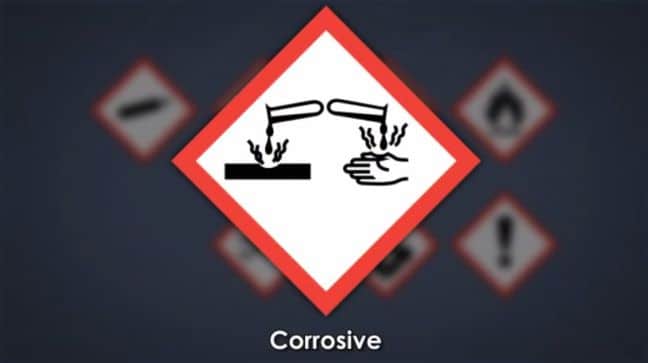
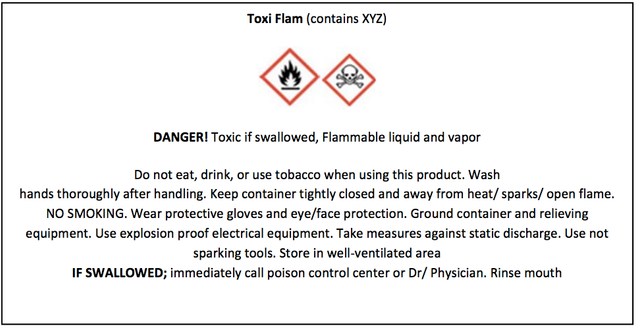



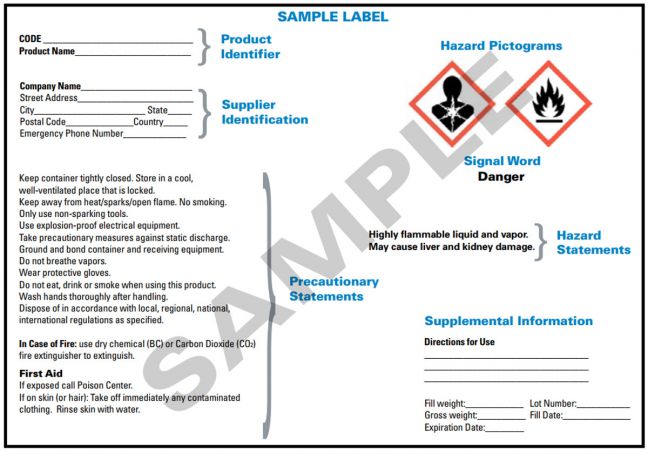
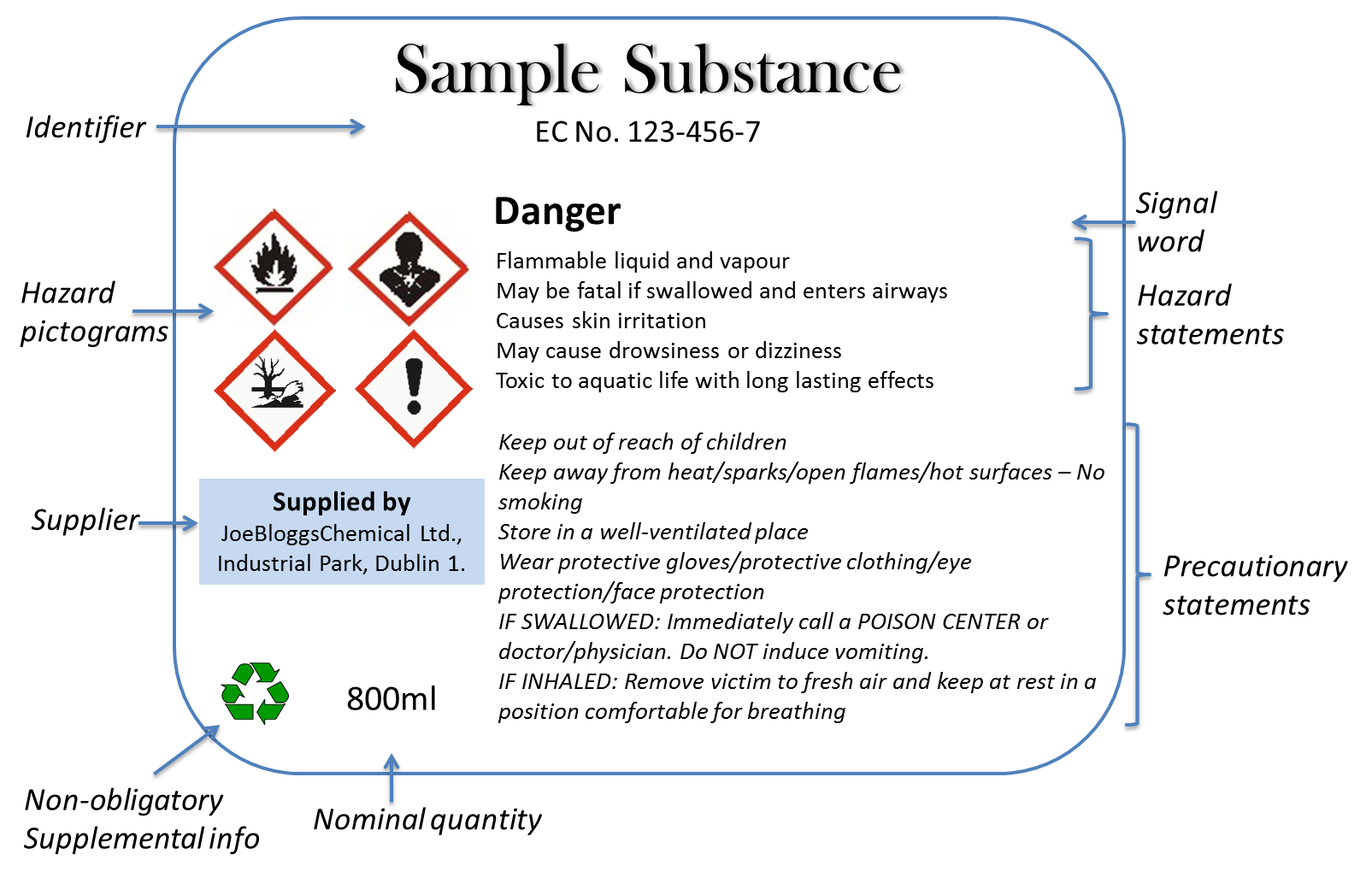



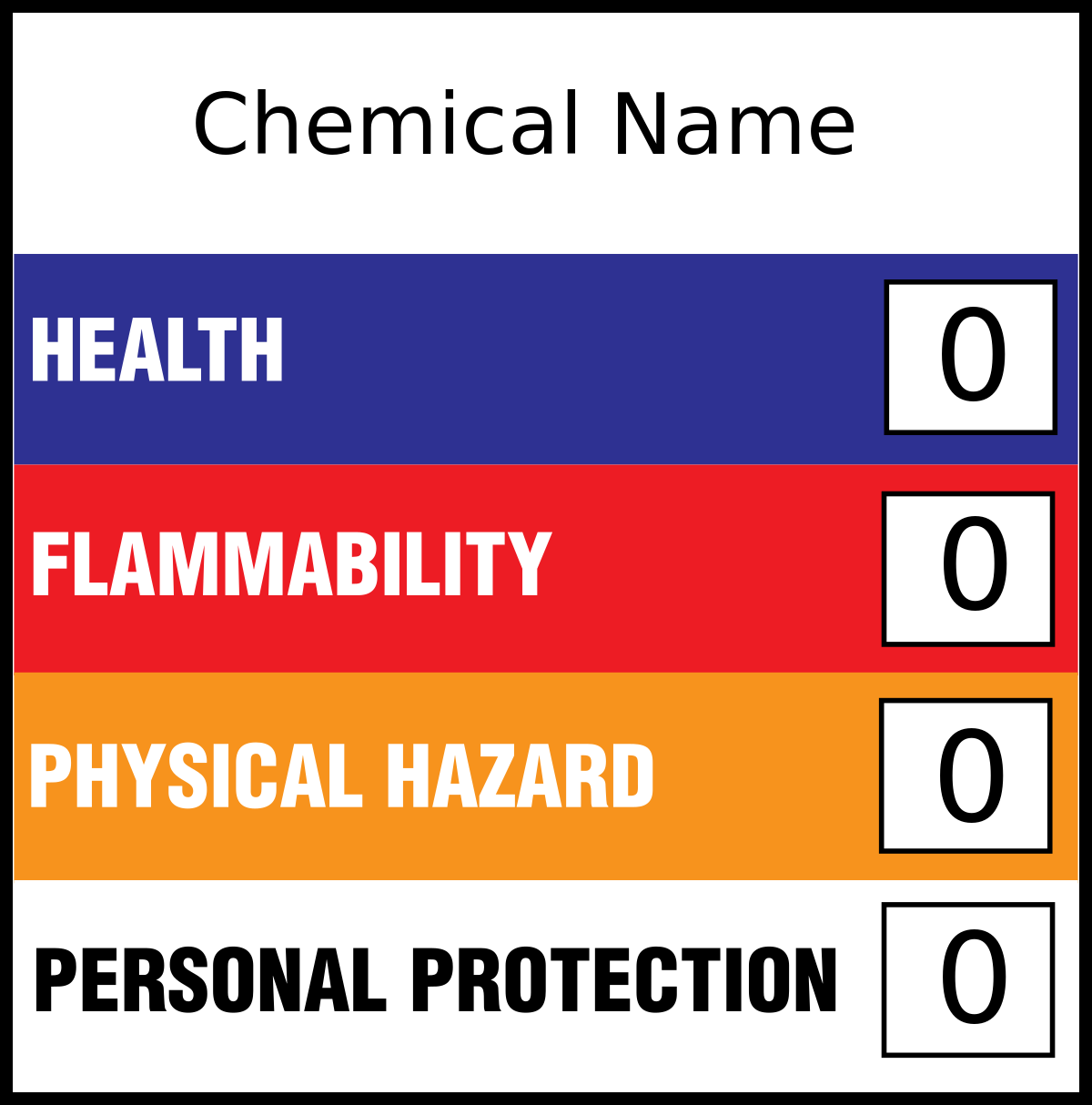


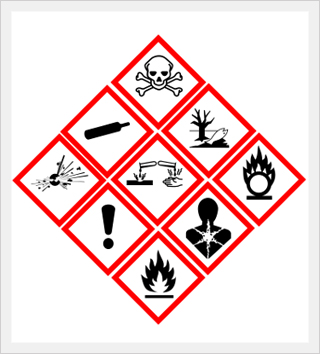
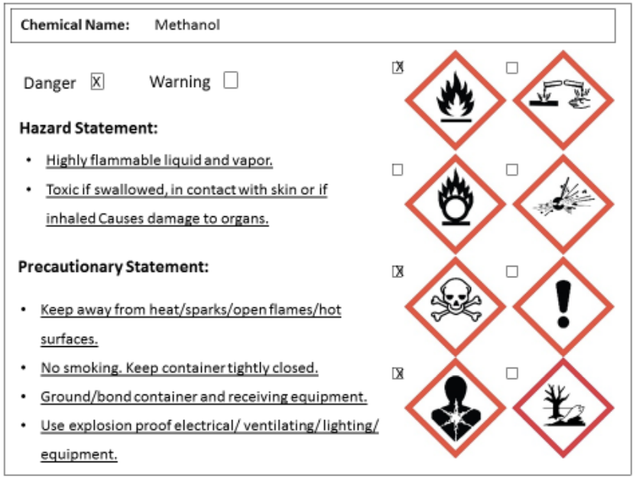
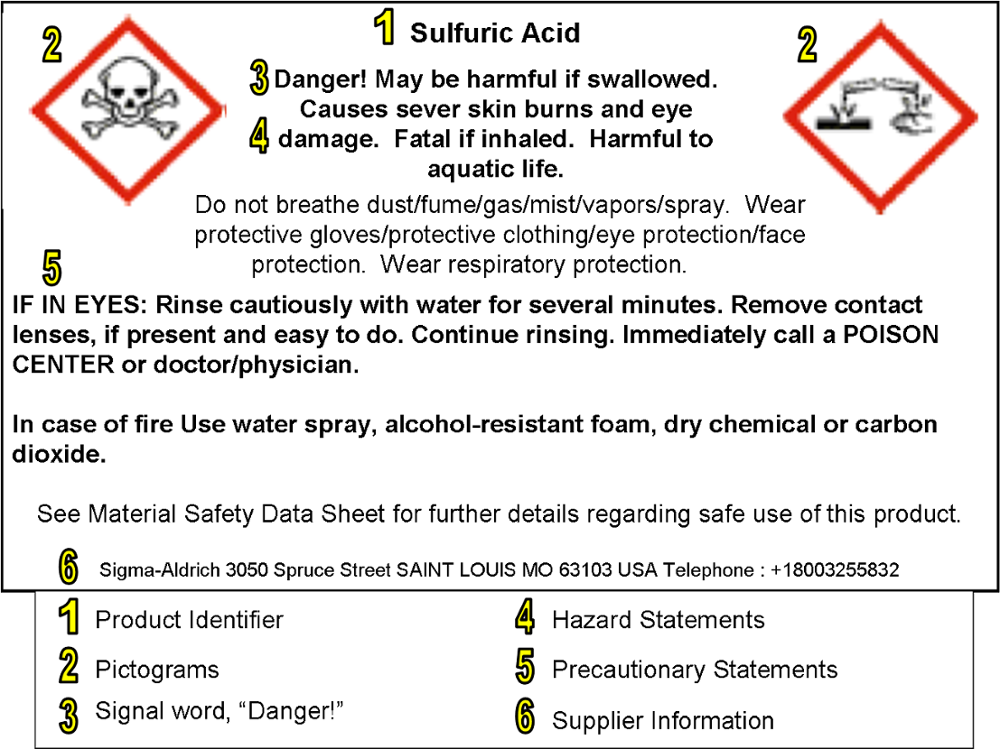


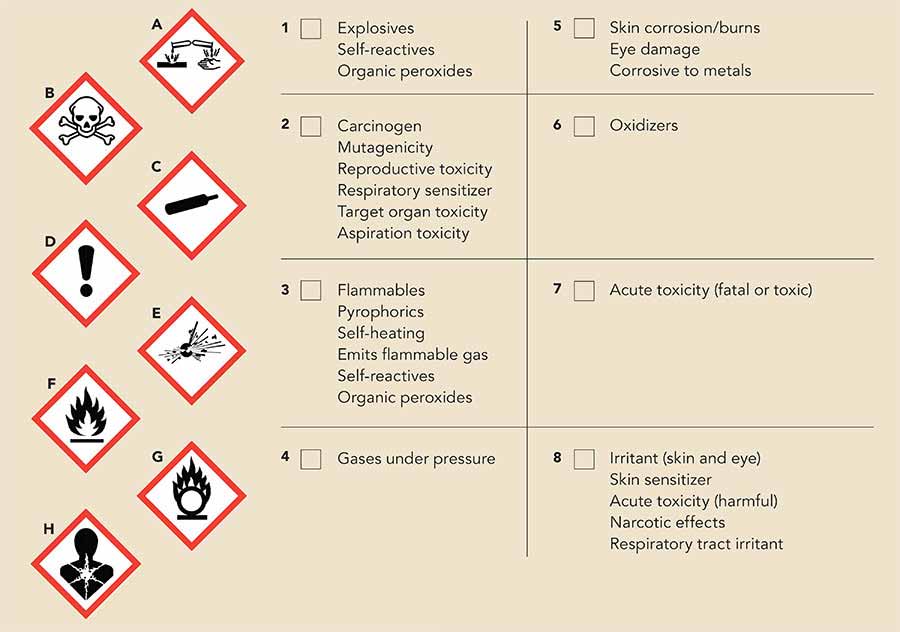

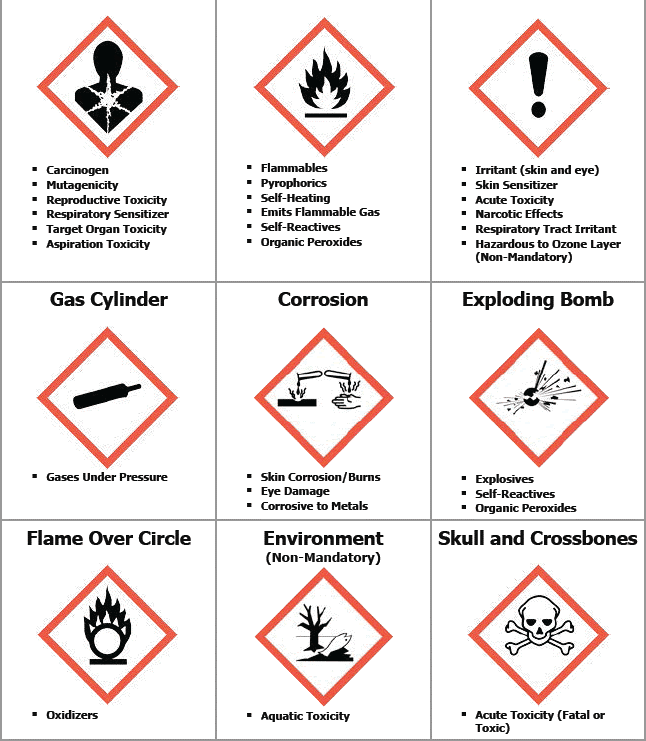





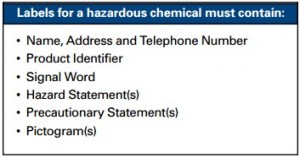




Post a Comment for "40 four types of precautionary statements used on labels"